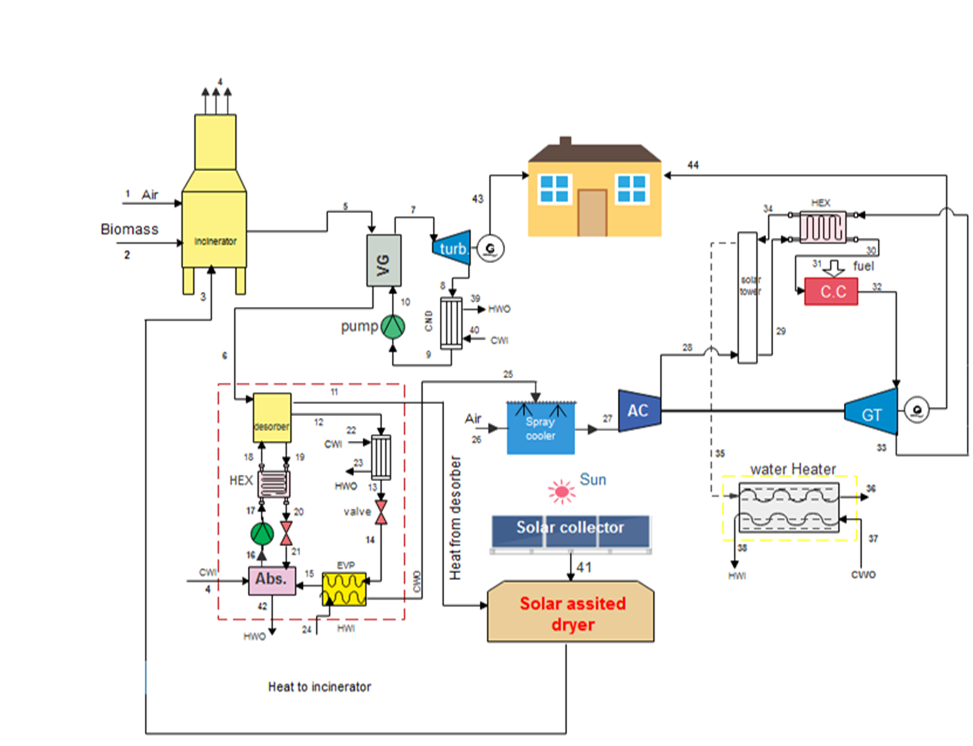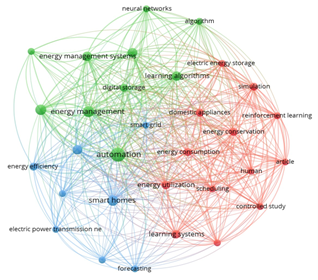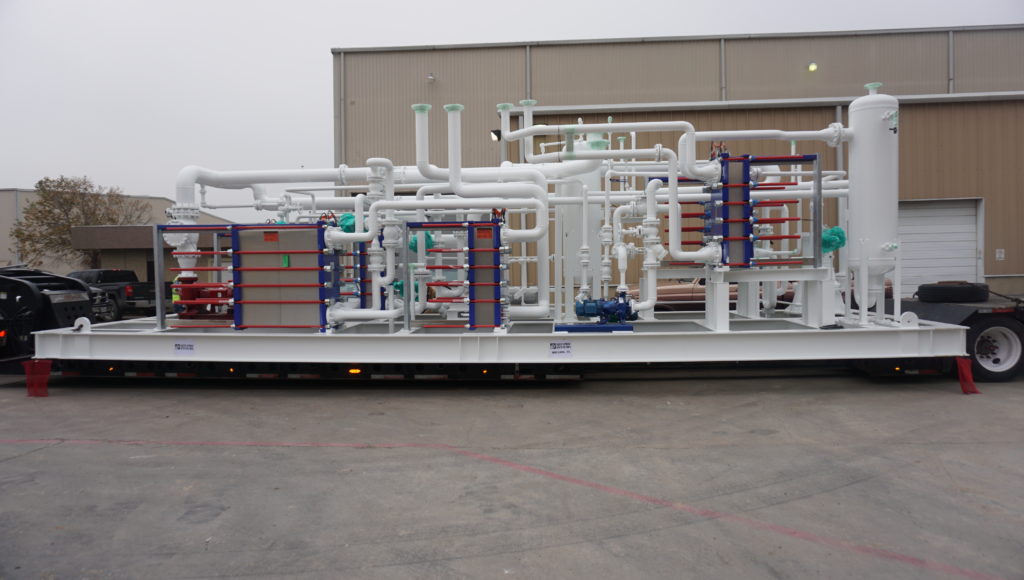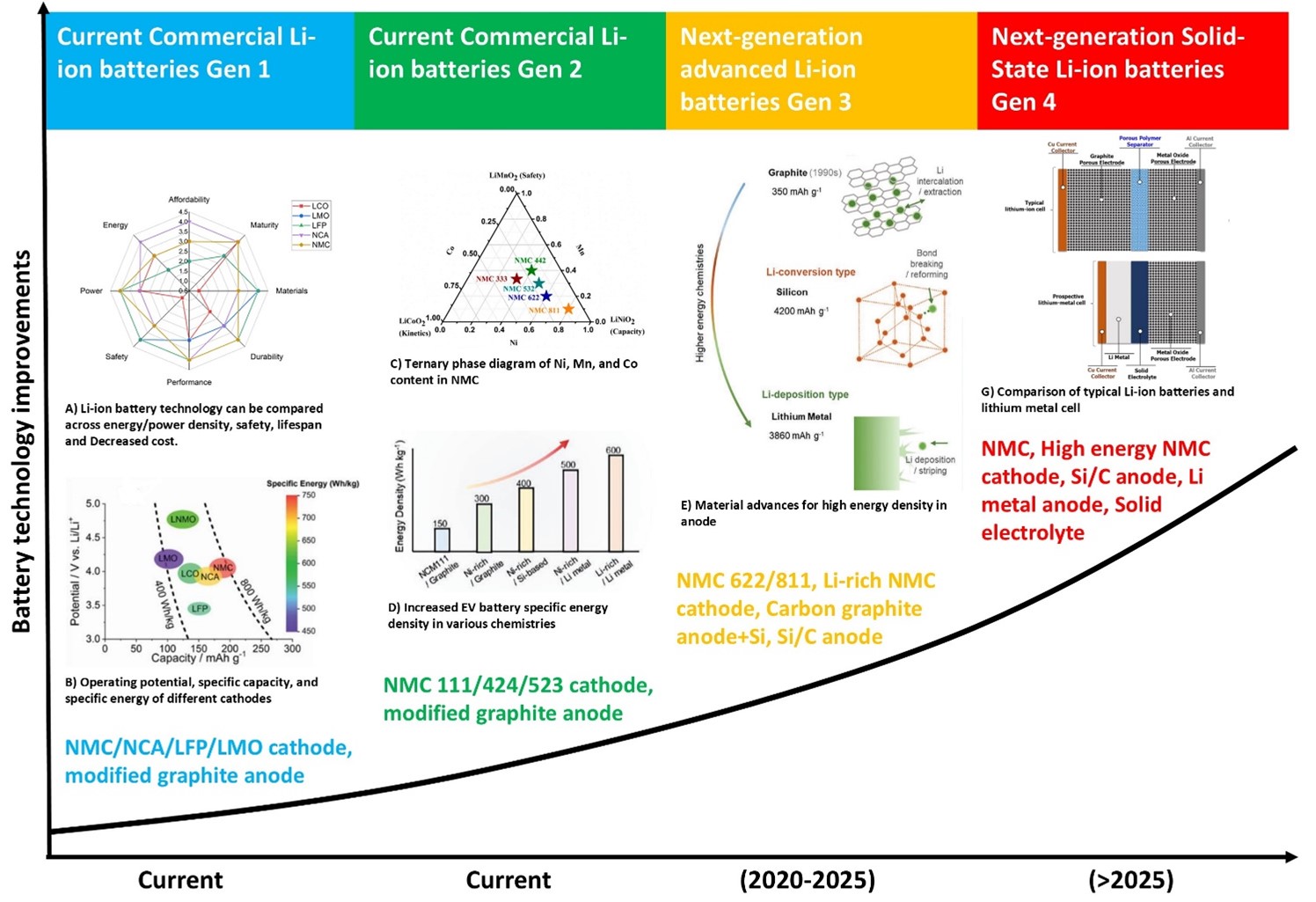Examining the association between deteriorated urban fabric and socio-economic resilience in Tehran Metropolis
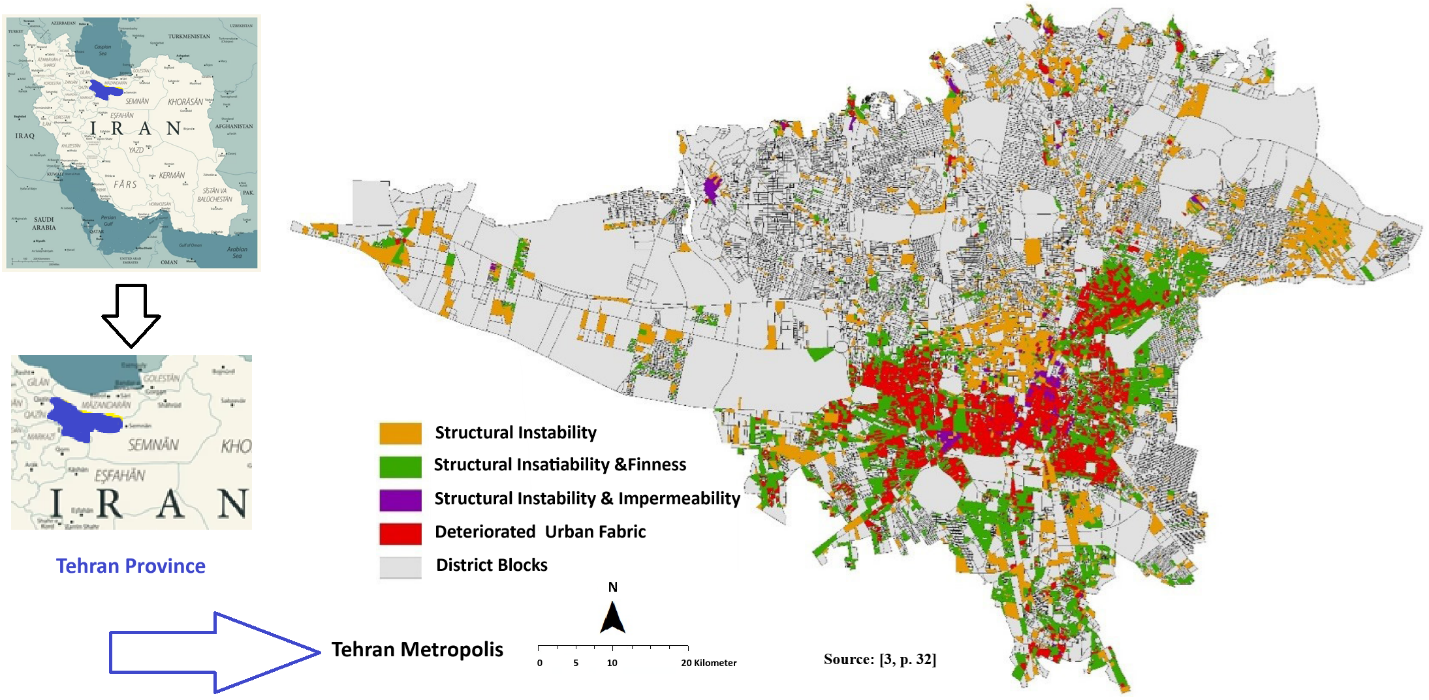
Downloads
Deteriorated urban areas usually face social, economic, and environmental problems. They often struggle with issues like poverty, inadequate housing, poor public spaces, social isolation and a sense of hopelessness, limited business opportunities, and a lack of investment. These complex problems cause significant disaster resilience challenges for these areas. This article investigates the association between urban deteriorated fabric (UDF) rate and socioeconomic resilience (SER) in the neighborhoods of Tehran Metropolis. Fourteen SER variables are identified through a literature review. Exploratory factor analysis is used to transform them into fewer factors. Four factors are extracted and are labelled as economic, social, economic-demographic, and community capital resilience. Similar extracted factors are combined to obtain social and economic resilience subcomponents. Jenks' Natural Break classification method is used to classify the UDF rate into five categories. Ordinary least squares (OLS) and Geographically Weighted Regression (GWR) are used to examine the association between UDF rate (dependent variable) and SER subcomponents (independent variables). The findings of the study show that: (a) the GWR better captures spatial relationships between UDF rate and SER factors than the OLS method, (b) the relationship between DUFs and social and economic resilience is complex and not definitively one-sided, and (c) social and economic resilience can occur concurrently in DUFs, (d) neighborhoods with high UFD rates are clustered in the mid-southern parts of the Tehran city. Understanding the interplay between social and economic resilience in DUFs is crucial for developing effective strategies to promote recovery and long-term disaster resilience and sustainability.
M. Pelling, The vulnerability of cities: natural disasters and social resilience. Routledge, 2012. https://doi.org/10.4324/9781849773379
Z. Beheshti, A. Gharagozlou, M. Monavari, and M. K. Zarkesh, "Landslides behavior spatial modeling by using evidential belief function model, Promethean II model, and index of entropy in Tabriz, Iran," Arabian Journal of Geosciences, vol. 14, no. 17, p. 1801, 2021.
K. Nozari and M. Rafiyan, "Explanation the Dimensions and Components of an appropriate pattern of Earthquake Disaster Management in Deteriorated Urban Areas in Tehran city," Iranian Islamic city studies, vol. 3, no. 43, p. 25, 2021.
F. Kamranzad, H. Memarian, and M. Zare. “Earthquake risk assessment for Tehran, Iran,” ISPRS International Journal of Geo-Information, vol. 9, no. 7, pp. 430, 2020.
H. Sarvari, A. Mehrabi, D. W. Chan, and M. Cristofaro, "Evaluating urban housing development patterns in developing countries: Case study of Worn-out Urban Fabrics in Iran," Sustainable Cities and Society, vol. 70, p. 102941, 2021.
M. Mohammad Ebrahimi and A. Hoseinianrad, "Evaluating the components of residential quality in the Worn-out Texture of Jahrom city," Geographical Planning of Space, vol. 13, no. 2, pp. 151-165, 2023.
V. R. Anaraki Mohammadi, M. R. Zandmoghaddam, and S. Kamyabi, "Participation in the Improvement and Renovation of Deteriorated Urban Fabrics (Case Study: District 12 of Tehran)," Journal of Industrial and Systems Engineering, vol. 17, no. 1, pp. 1-17, 2025.
A. Andalib, "Pathology of Revitalizing Deteriorated Urban Fabrics in Iran from the Perspective of Balanced Renovation theory," Journal of Revitalization School, vol. 1, no. 1, pp. 44-51, 2024.
HCUPAI -The High Council for Urban Planning and Architecture of Iran, The Resolution for identifying Deteriorated Urban Fabrics. Ministry of Roads and Urban Development, Tehran, 2006.
Urban Development and Regeneration Company-UDRC, Statistics on the area and population of Deteriorated Urban Fabrics identified in the country's cities. Tehran, 2017.
M. Haghpanah, B. Karimi, and J. E. D. Mahdi Nejad, "Effects of Physical and Social Factors on the Participatory Improvement of Worn-out Textures; Case Study: Nader Kazemi Neighborhood of Shiraz," Armanshahr Architecture & Urban Development, vol. 14, no. 37, pp. 239-251, 2022.
G. Liu, Z. Yi, X. Zhang, A. Shrestha, I. Martek, and L. Wei, "An evaluation of urban renewal policies of Shenzhen, China," Sustainability, vol. 9, no. 6, p. 1001, 2017.
S. M. Rezvani, M. J. Falcão, D. Komljenovic, and N.M. de Almeida, "A systematic literature review on urban resilience enabled with asset and disaster risk management approaches and GIS-based decision support tools," Applied Sciences, vol. 13, no. 4, p. 2223, 2023.
X. Zeng, Y. Yu, S. Yang, Y. Lv, and M.N.I. Sarker, "Urban resilience for urban sustainability: Concepts, dimensions, and perspectives," Sustainability, vol. 14, no. 5, p. 2481, 2022.
M. Bruneau, S. E. Chang, R.T. Eguchi, G.C. Lee, T.D. O'Rourke, A.M. Reinhorn, ... and D. Von Winterfeldt, "A framework to quantitatively assess and enhance the seismic resilience of communities," Earthquake spectra, vol. 19, no. 4, pp. 733-752, 2003.
S. L. Cutter, L. Barnes, M. Berry, C. Burton, E. Evans, E. Tate, and J. Webb, "A place-based model for understanding community resilience to natural disasters," Global environmental change, vol. 18, no. 4, pp. 598-606, 2008.
A. Asadzadeh, P. Salehi, and J. Birkmann, "Operationalizing a concept: The systematic review of composite indicator building for measuring community disaster resilience," International journal of disaster risk reduction, vol. 25, pp. 147-162, 2017.
S. Kumar and M. S. H. M. Mehany, "A standardized framework for quantitative assessment of cities' socioeconomic resilience and its improvement measures," Socio-Economic Planning Sciences, vol. 79, p. 101141, 2022.
T. L. Burnham, J. Kilchenmann, C. Guenther, M. O’Shea, K. Reardon, And J.S. Stoll, "Socioeconomic indicators of resilience in Maine's American lobster fishery," Marine Policy, vol. 173, p. 106543, 2025.
Q. Tang, T. Wang, and B. Liu, "Factors influencing urban socioeconomic resilience after the withdrawal of nonpharmaceutical interventions: Evidence from intra-city travel intensity in China," Journal of Transport Geography, vol. 124, p. 104172, 2025.
A. Hafsi, C.D. Aguilar-Becerra, O. Frausto-Martínez, and A.S.Rivas-Tapia, "Assessment of Socioeconomic Resilience to Pandemic Disasters in Island Tourist Destinations," Sustainability, vol. 15, no. 14, p. 11246, 2023.
B. Hegazy, L. Khodeir, and F. Fathy, "Achieving Socio-economic Resilience in Neighborhood Through Nature-based Solutions: A Systematic Review," Results in Engineering, p. 104266, 2025.
T. T. Gatiso and S. Greenhalgh, "Socioeconomic Resilience of Local Communities in the Face of Climate Change‐Induced Hazards: The Role of Social Capital," Climate Resilience and Sustainability, vol. 4, no. 1, p. e70012, 2025.
H. Yin, Y. Xiang, Q. Fan, Y. Ao, and D. Chen, "Disaster Resilience Assessment and Key Drivers of Resilience Evolution in Mountainous Cities Facing Geo-Disasters: A Case Study of Disaster-Prone Counties in Western Sichuan," Sustainability, vol. 17, no. 8, p. 3291, 2025.
F. Landry, J. Dupras, and C. Messier, "Convergence of urban forest and socio-economic indicators of resilience: A study of environmental inequality in four major cities in eastern Canada," Landscape and Urban Planning, vol. 202, p. 103856, 2020.
H. Jin and Y. Lu, "The relationship between obesity and socioeconomic status among Texas school children and its spatial variation," Applied Geography, vol. 79, pp. 143-152, 2017.
N. Navidpour, A. Mokhtarzadehaghdam, M. Yari, S. Ghanbili, R. MakarineZhad, and S. Heidary, "The role of infrastructure in enhancing urban resilience to natural hazards: a case study of Tehran," Future Sustainability, vol. 3, no. 3, pp. 1-11, 2025.
M. Lau, "Exploring social and generational equity in the context of China's socio-economic and demographic transition," in Handbook on East Asian social policy, pp. 150-169, Edward Elgar Publishing, 2013.
H. R. Saremi, "4400 Hectares of Tehran's area is dilapidated," Eghtesad News, p. 659837, Jul. 16, 2024. [Online]. Available: https://www.eghtesadnews.com
M. C. Howard, "A review of exploratory factor analysis decisions and overview of current practices: What we are doing and how can we improve?," International journal of human-computer interaction, vol. 32, no. 1, pp. 51-62, 2016.
A. B. Costello and J. Osborne, "Best practices in exploratory factor analysis: Four recommendations for getting the most from your analysis," Practical assessment, research, and evaluation, vol. 10, no. 1, 2005.
E. Zebardast, "Constructing a social vulnerability index to earthquake hazards using a hybrid factor analysis and analytic network process (F'ANP) model," Natural hazards, vol. 65, pp. 1331-1359, 2013.
D. Visbal-Cadavid, M. Martínez-Gómez, and R. Escorcia-Caballero, "Exploring university performance through multiple factor analysis: A case study," Sustainability, vol. 12, no. 3, p. 924, 2020.
J. Tu and Z. G. Xia, "Examining spatially varying relationships between land use and water quality using geographically weighted regression I: Model design and evaluation," Science of the total environment, vol. 407, no. 1, pp. 358-378, 2008.
C. Brunsdon, S. Fotheringham, and M. Charlton, "Geographically weighted regression," Journal of the Royal Statistical Society: Series D (The Statistician), vol. 47, no. 3, pp. 431-443, 1998.
I. Turok and V. Mykhnenko, "The trajectories of European cities, 1960--2005," Cities, vol. 24, no. 3, pp. 165-182, 2007.
R. Martin and P. Sunley, "On the notion of regional economic resilience: conceptualization and explanation," Journal of economic geography, vol. 15, no. 1, pp. 1-42, 2015.
E. L. Glaeser and J. Gyourko, "Urban decline and durable housing," Journal of political economy, vol. 113, no. 2, pp. 345-375, 2005.
A. Mallach, "Demolition and preservation in shrinking US industrial cities," Building Research & Information, vol. 39, no. 4, pp. 380-394, 2011.
M. Taghvaei and A. Asadi, "Urban Decay and Informal Settlements in Tehran: A Case Study of Khazaneh District," Journal of Urban Planning and Development, vol. 137, no. 3, pp. 301-310, 2011.
M. Sarrafi and M. Razavian, "Urban Resilience in Tehran: Challenges and Policy Responses," Sustainability, vol. 12, no. 5, p. 1956, 2020.
A. Giacometti and J. Teräs, Regional economic and social resilience: An exploratory in-depth study in the Nordic countries. Nordregio, 2019.
A. Hassanvand, A. Hajinejad, and M. Yasouri, "Relationship between Economic and Socio-cultural Resilience of Rural Settlements after Suffering from Earthquake (A case study: Rural Settlements of Silakhor District in Dorud)," Scientific Journal of Rescue and Relief, vol. 11, no. 4, pp. 225-237, 2019.










